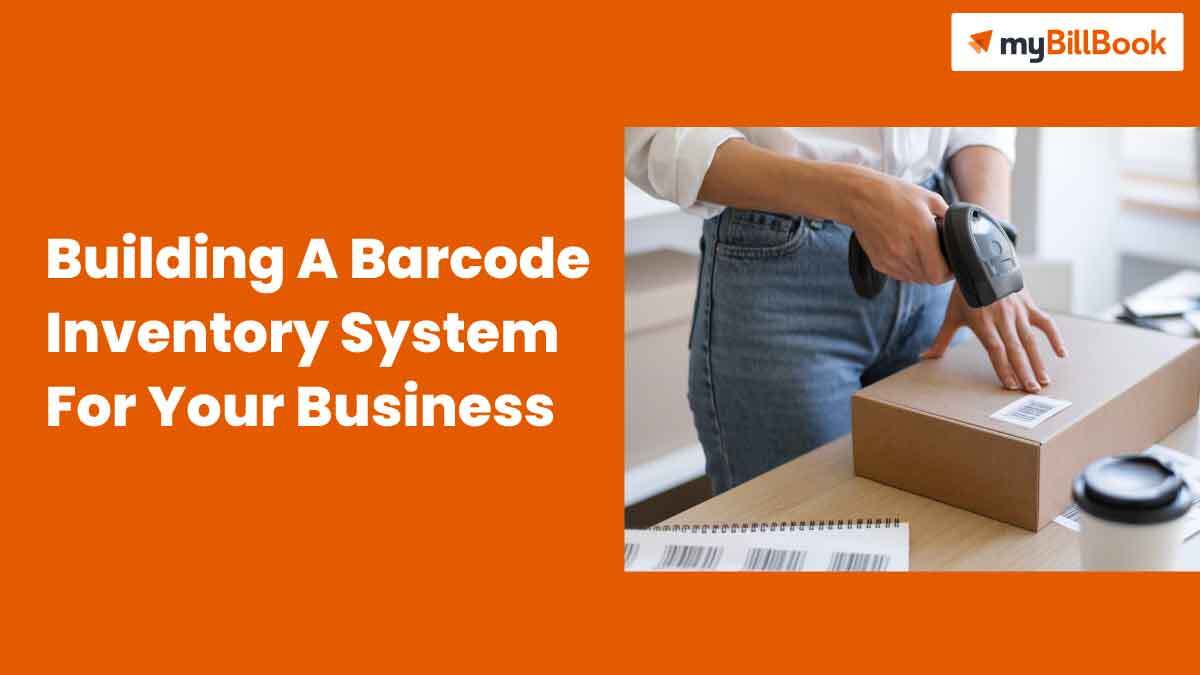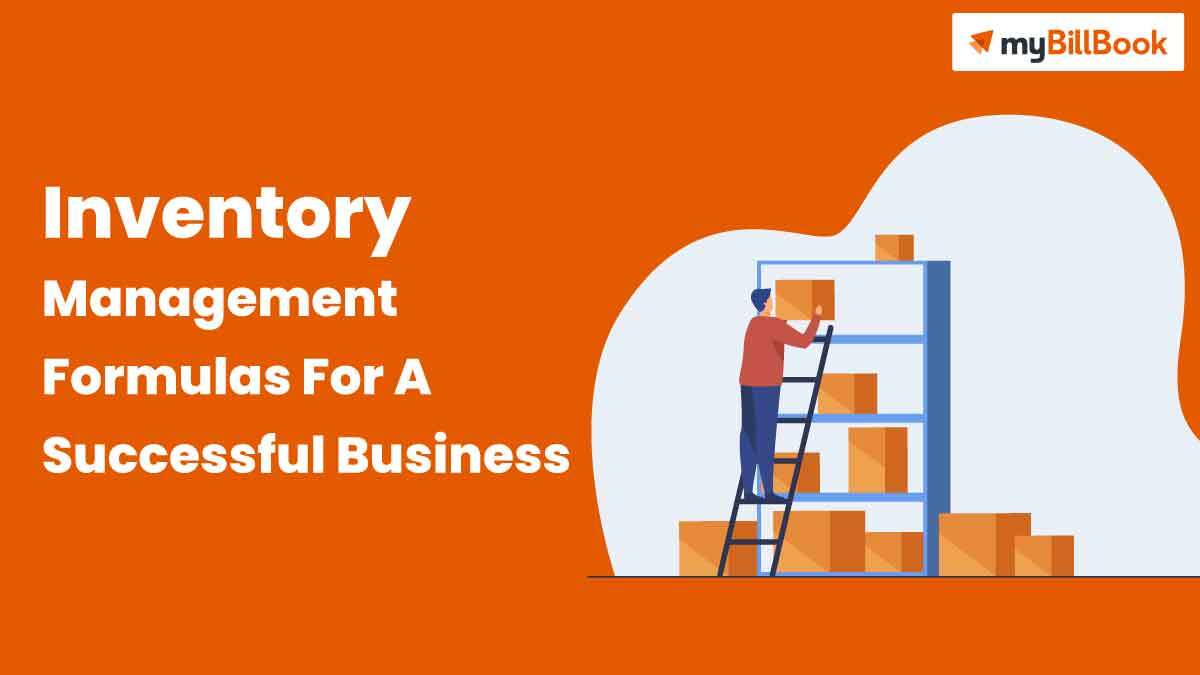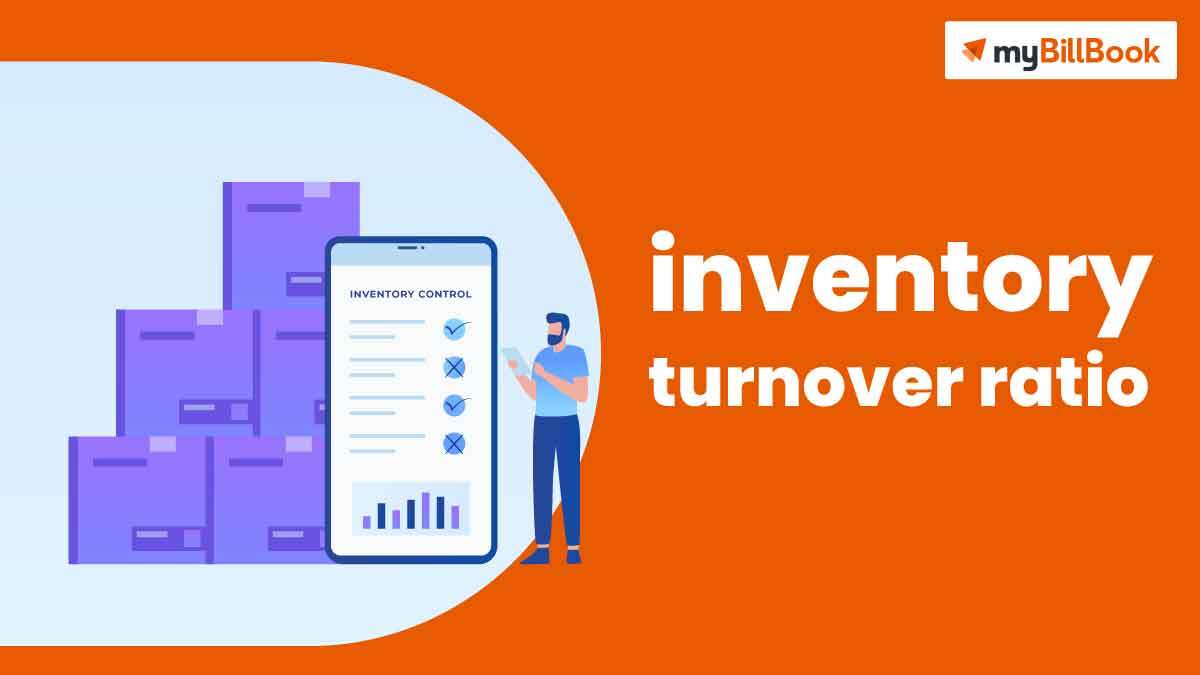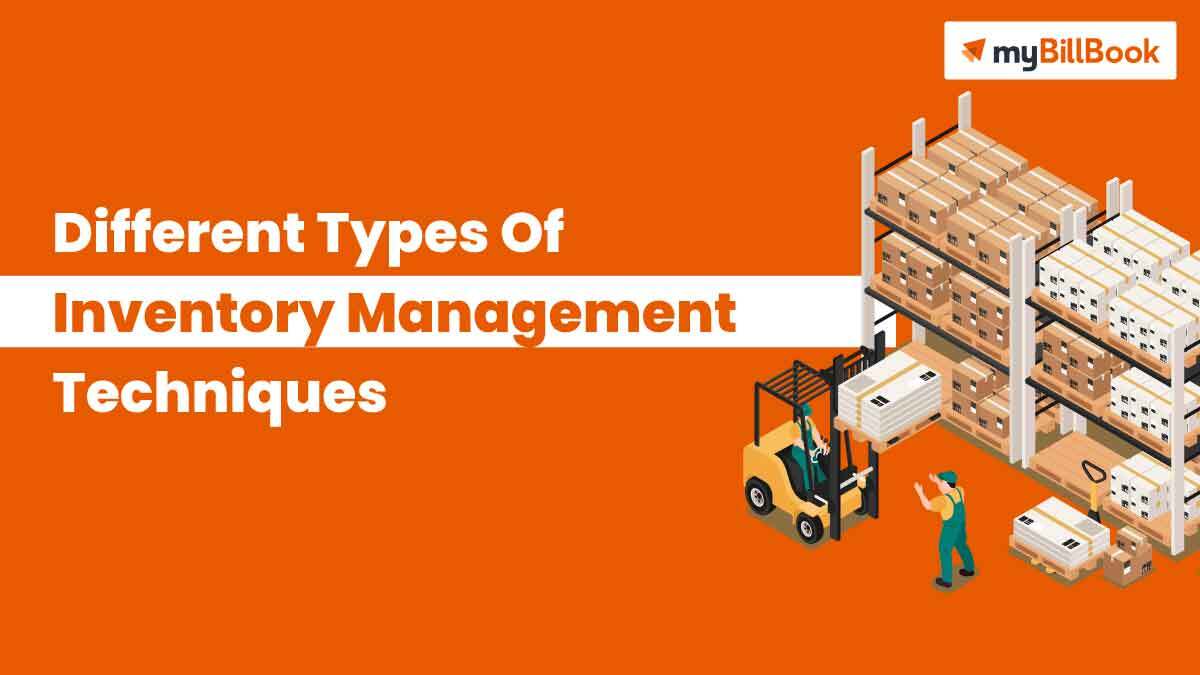For a layperson, a barcode may be just a set of black lines on a white surface. But in reality, entire inventory systems run on the barcode system. It is one of the oldest and most popular labelling systems. Though they are not standardised universally, every barcode has to follow a specific set of rules. Hence, it is pretty easy for any barcode reader to read barcode data.
Barcode labelling has changed the face of labelling. In recent years, QR codes have also come up as labelling solutions. These labelling techniques streamline the entire labelling process and help you classify goods quickly.
Proper inventory management is the key to running any successful business. It does not matter whether your business is big or small. When you follow efficient inventory management techniques, you can automatically achieve good results in your business. You can use spreadsheets or make physical entries to manage inventory. However, using a barcode inventory management system is more efficient in terms of time, effort, and cost.
In this article, we will discuss all aspects of a barcode inventory management system for a small business.
What is a Barcode?
A barcode is a picture that represents data visually. It may contain numbers or text or a combination of both. The picture stores the information of the product, and when it is scanned using a barcode scanner, this information can be transferred to a computer.
There are two types of barcodes:
- 1D Barcodes
These barcodes are one-dimensional. They are represented with a set of vertical black lines on a white or any light-coloured background. The space between the lines stores the information about the product. The scanner reads this information to identify the product.
- 2D Barcodes
These barcodes are two-dimensional, typically square, and are a combination of dots and shapes. This combination stores product information. 2D barcodes can store more information than 1D barcodes. Apart from product information and number, they can also store website information. This information can direct you to the company website when you scan it. QR codes are a form of 2D barcodes.
You can create barcodes using barcode software. Every company decides what information they want to include on the barcode. It also chooses the barcode format. With this information, the barcode software generates a barcode that is readable by a barcode scanner.
Why Should We Use Barcodes for Inventory Management?
Whether your business is small or big, efficient inventory management is a must. You must always know what is in your inventory and must order and purchase new items whenever required.
Using spreadsheets or books to maintain inventory is the traditional way of inventory management. However, with technological advances, you can use barcode inventory management systems to streamline the entire inventory management process.
Even if you have a small business with limited inventory, managing inventory manually quickly becomes overwhelming. There is also the chance of human errors taking place. As your business grows, a barcode inventory management system will help you quickly organise your inventory.
A barcode inventory management system gives you more accurate results than manual methods. You can use barcodes to easily find out what is in stock and what is running. When a customer purchases an item, you scan its barcode. The item gets removed from the inventory immediately. Thus, you have an accurate and real-time idea of the number of items in your inventory. This will help you take proper decisions as you conduct business throughout the day.
Additionally, by using a barcode inventory management system, you can scan the barcode and instantly transfer all the data to a computer. Whenever a customer purchases a product, you can check them out faster. Instead of manually checking the price and quantity of each product and entering it, you can simply scan the barcode, get all the information along with the price, and get the total amount of the items purchased within minutes accurately.
How to Build a Barcode Inventory System for a Small Business
If you have a small business, you might think it is too much work to do barcode labelling for your inventory. However, creating a barcode for your inventory is much simpler and cheaper than you might think.
To create a barcode, you will first need to create a product code. This is also called Universal Product Code (UPC) or stock-keeping unit (SKU). UPCs are used for most products and are standardised. You must register with Global Standard 1 to get a unique UPC for your company.
A UPC offers many benefits like protection against theft, allowing online transactions, offering online information about the product, etc. This helps you grow your business and extend to e-commerce sites as well. Using UPCs for inventory management is one of the most efficient ways to manage inventory. UPCs generally consist of 12 digits and can be used for internal as well as external purposes.
If you do not have UPC, you can use the SKU system to manage inventory. An SKU number is unique to each store, consists of 8 digits, and can be used for internal inventory management purposes like stock taking, etc.
Next, you must create a barcode for each product code. You can use barcode software or an online barcode generator to create unique barcodes for different products.
Then, you must print your barcode using inkjet or laser printers on a label sheet. Then, attach the labels to the relevant products.
The whole process takes very little time, and money compared to the manual entry method and is more efficient and accurate in the long run as well.
Invest in a good barcode scanner. If you do not have a barcode scanner, you will not be able to get the product information from the barcode.
Conclusion
Creating and maintaining a barcode inventory management system is very simple and cheap. All you need to do is invest some time initially to create the barcodes. Once you have done that, it is simply a matter of printing out labels and attaching them to the products.
The barcode inventory system is very efficient and will benefit your business in the long run. You can manage inventory, create barcodes and have a seamless experience on myBillBook
Read more:







